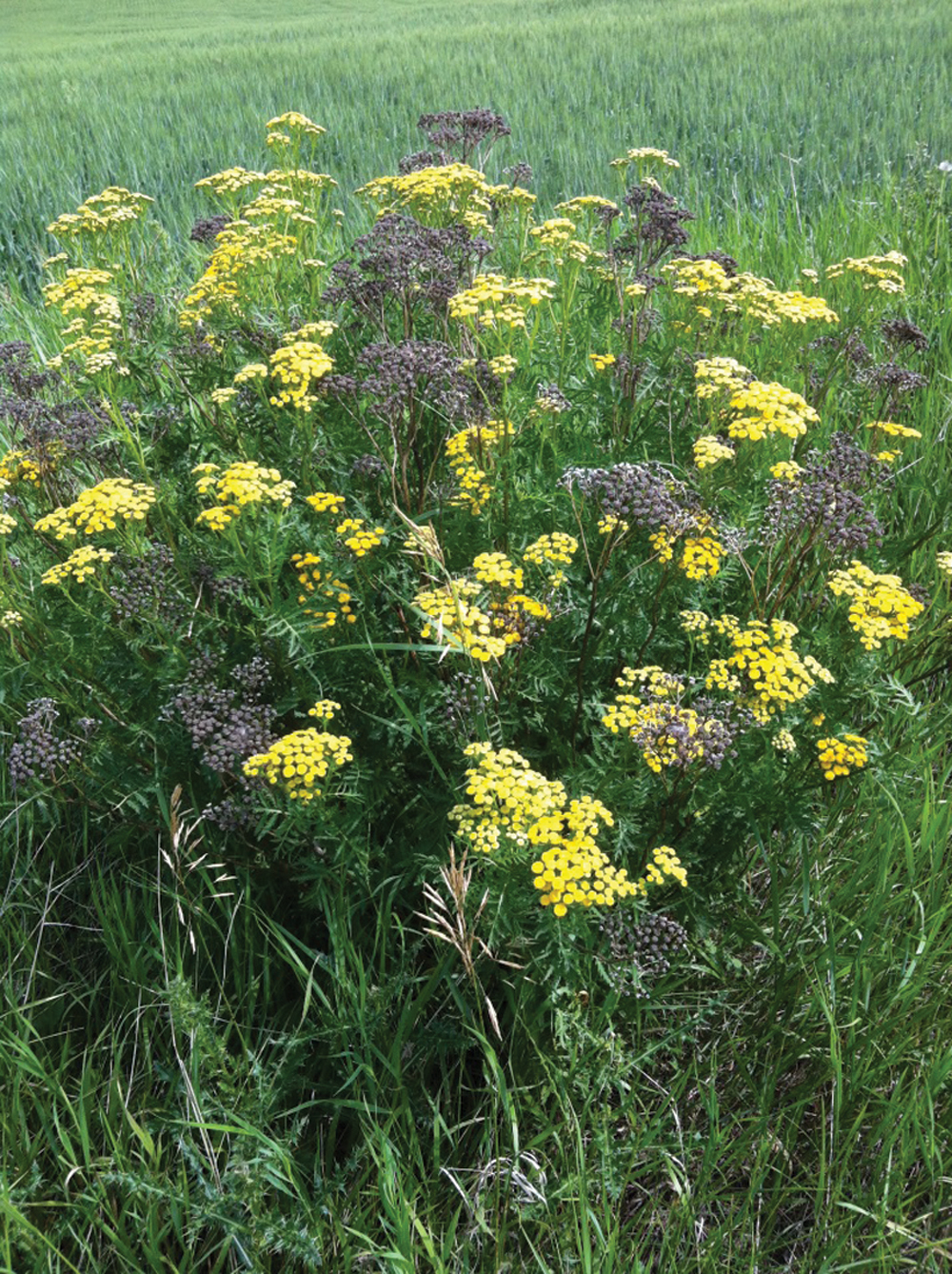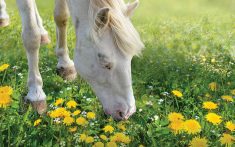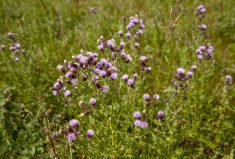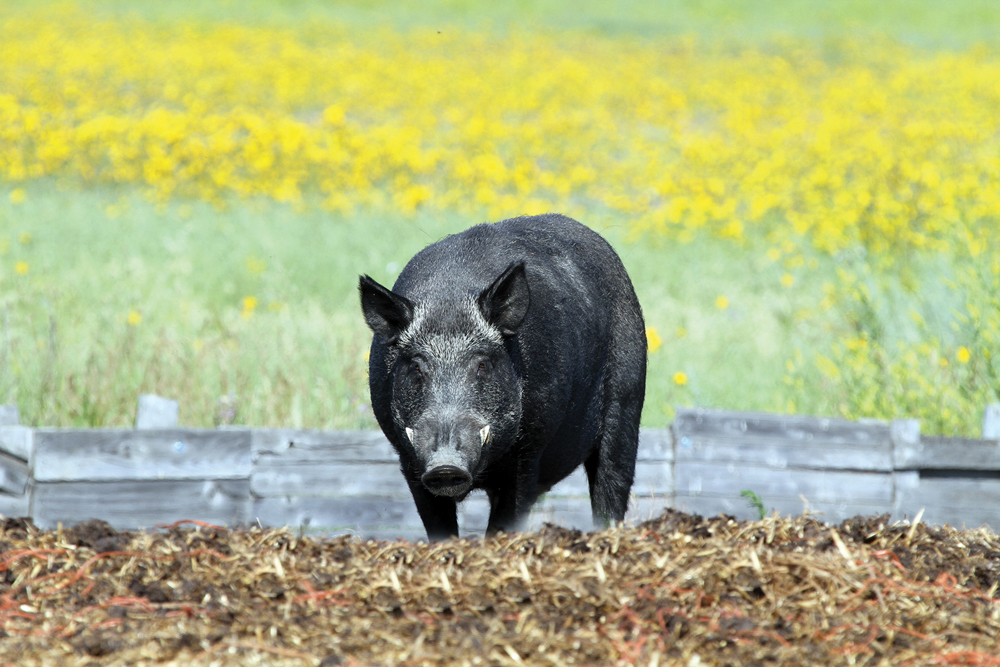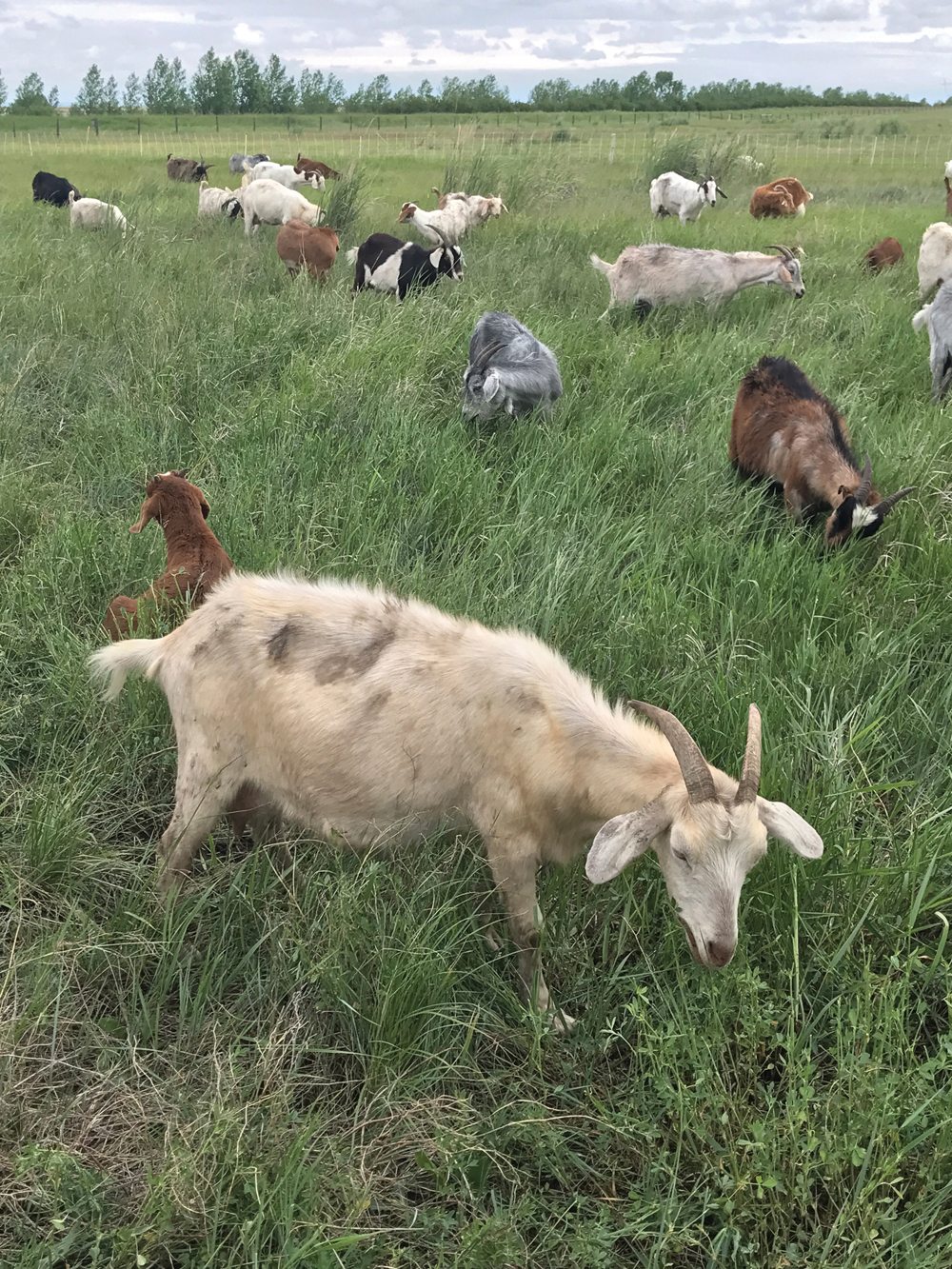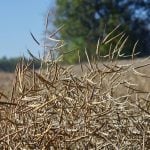Introduced from Europe in the 1600s as an ornamental species, common tansy (sometimes called tangee) has been spotted across central Alberta and its numbers have been on the rise in recent years.
The weed is particularly threatening in pasture and riparian habitats, but can also be found in disturbed soils and flower beds. Most livestock find it unpalatable, but some can ingest enough to cause serious poisoning or death.
Common tansy has small button-like flowers clustered at the top of the stem and a deeply divided, fern-like leaf structure. The multiple stem structure and yellow flowers often stand out among other green forage and can grow from one-half metre to 1.5 metres tall. Dense patches can form and outcompete native plant species resulting in a loss of forage and natural habitat.
Chemical control gives the best results, although repeated cutting can reduce the seed production abilities. Consult your local Agricultural Fieldman for more information on identification and control measures.

